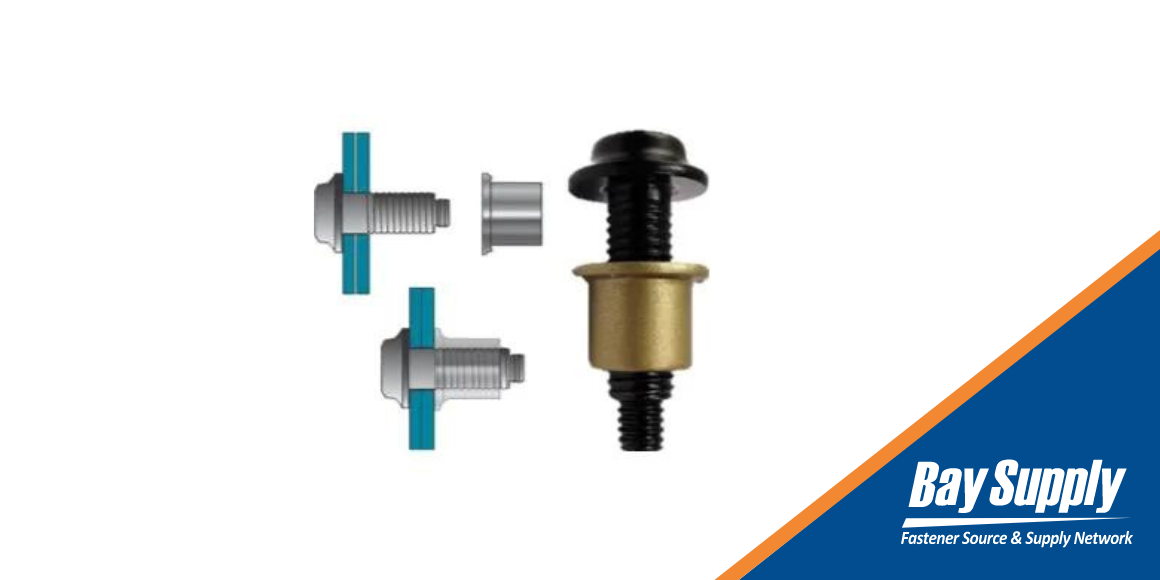Huck is one of the most recognized fastener brands, and the Huck BobTail® lockbolt is one of the most popular and reliable fastener systems on the market.
Read MoreLooking for something specific?
Recent Posts by Mike Eichinger

If you’re a hobbyist or ever had to help your kids with a last-minute school project, you have probably had to deal with messy adhesives such as white glue, instant glue, or rubber cement. If you aren’t already using one, consider a hot melt glue gun.
Read More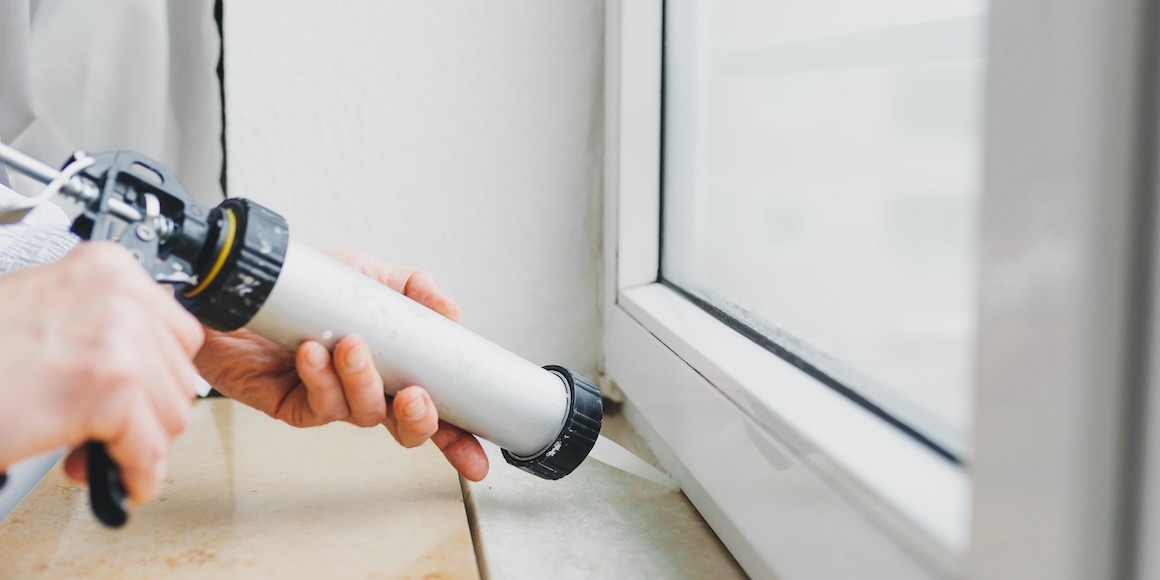
Caulk is one of the most useful household adhesives available. There are multiple applications for caulk, including sealing leaks in windows and baseboards, sealing sinks and baths, and completing tilework. Caulk is an excellent sealant to keep out moisture and helps prevent mold and mildew.
Read More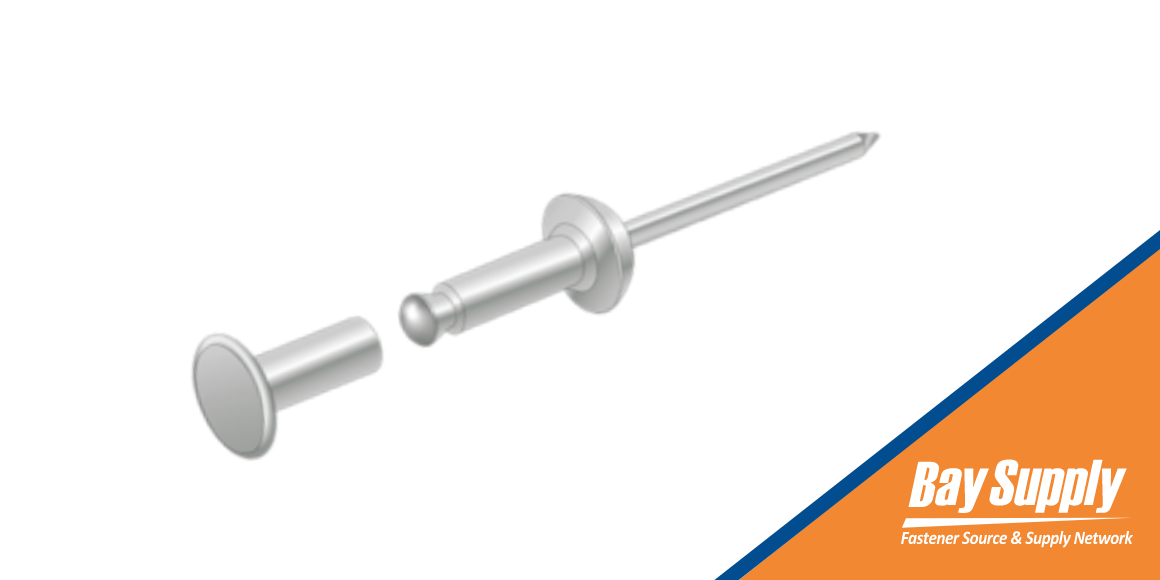
When Should I Use a Mate Rivet?
When you think about rivets, you usually think about one-piece fasteners designed to join two pieces of material. Solid rivets are designed to be installed using a bucking bar to flatten one end. There are also blind rivets designed with a shaft and a mandrel that you pull to form a secure joint on the blind side of a workpiece. These types of rivets are one-piece fasteners that are easy to install.
Read More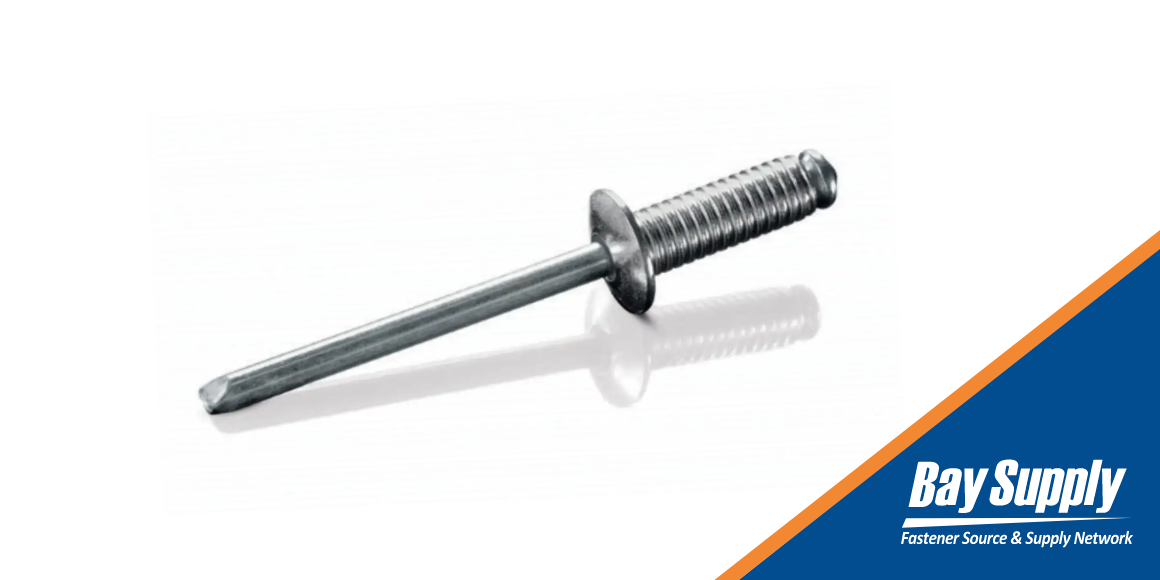
Can You Install Grooved Blind Rivets in Plastic?
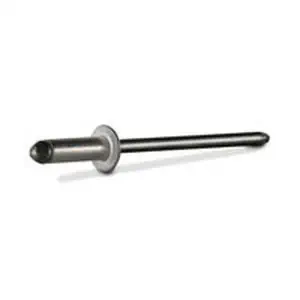
When and Where to Install Easy Entry Rivets
We have been blogging recently about easy entry rivets, what makes them unique, and how to use them. In this blog post, we want to delve deeper and discuss where to use them.
Read More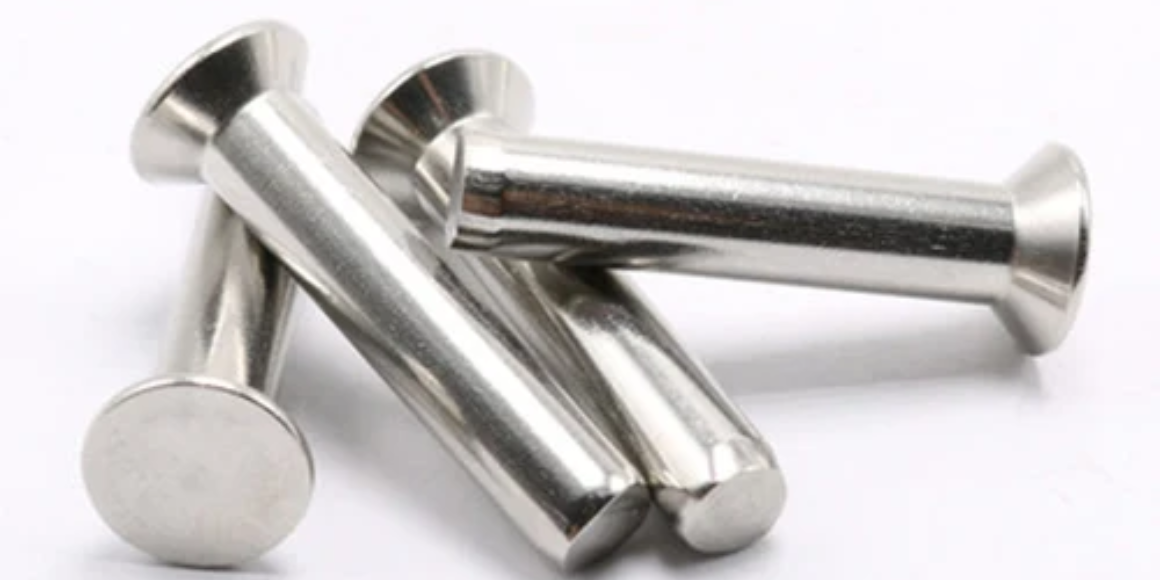
How to Choose Which Solid Rivet Material to Use
We write a lot about blind rivets, lockbolts, threaded inserts, and other types of fasteners, but we don’t want to overlook solid rivets. Solid rivets are probably the oldest and most reliable type of fastener and have been used for millennia. The ancient Egyptians used rivets to fix clay pots, and the Vikings used them to secure the planking in longboats. With every new application for solid rivets that emerged, new rivet materials were needed.
Read More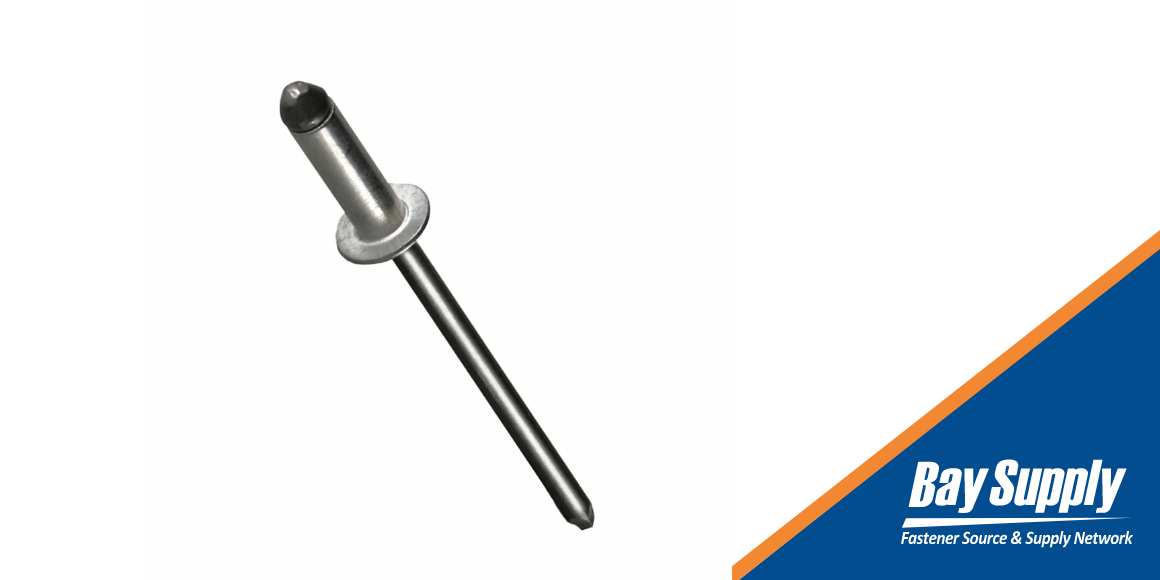
Everything You Need to Know About Easy Entry Rivets
When installing blind rivets, you can encounter any number of problems. For example, the rivet diameter may be wrong for the hole size, the rivet may have the wrong grip length to make a firm joint, or you may have chosen the wrong rivet materials for the job. A common problem is the holes in the material being misaligned. If the holes don’t line up, it can be impossible to install the blind rivet correctly.
Read More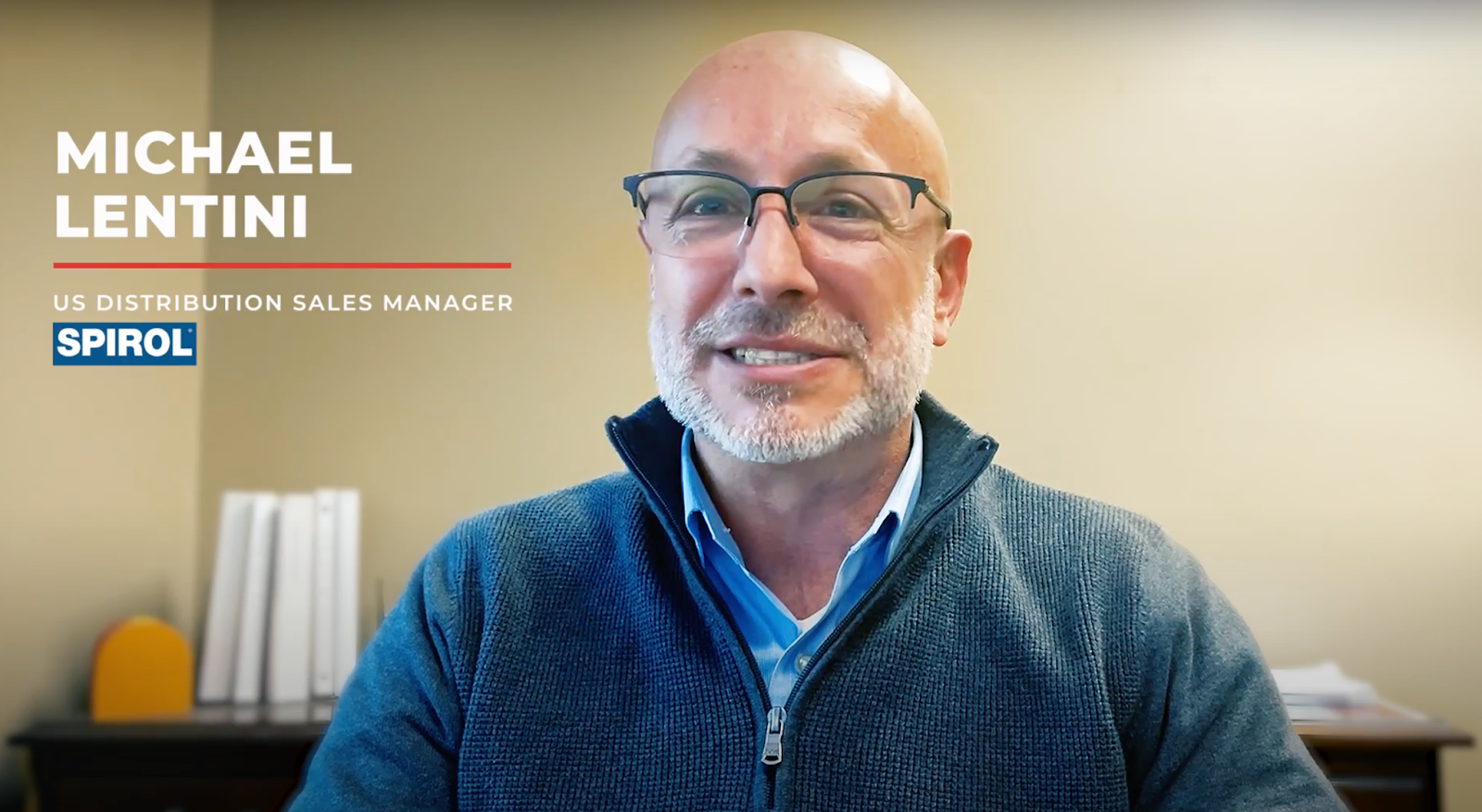
SPIROL: Unique Fasteners for Manufacturable Components
Not all fasteners are off-the-shelf products. In addition to standard rivets, threaded inserts, and lockbolts, you sometimes need custom fasteners made for specialized tasks or a fastener specifically designed for manufacturing. That’s when you call SPIROL.
Read More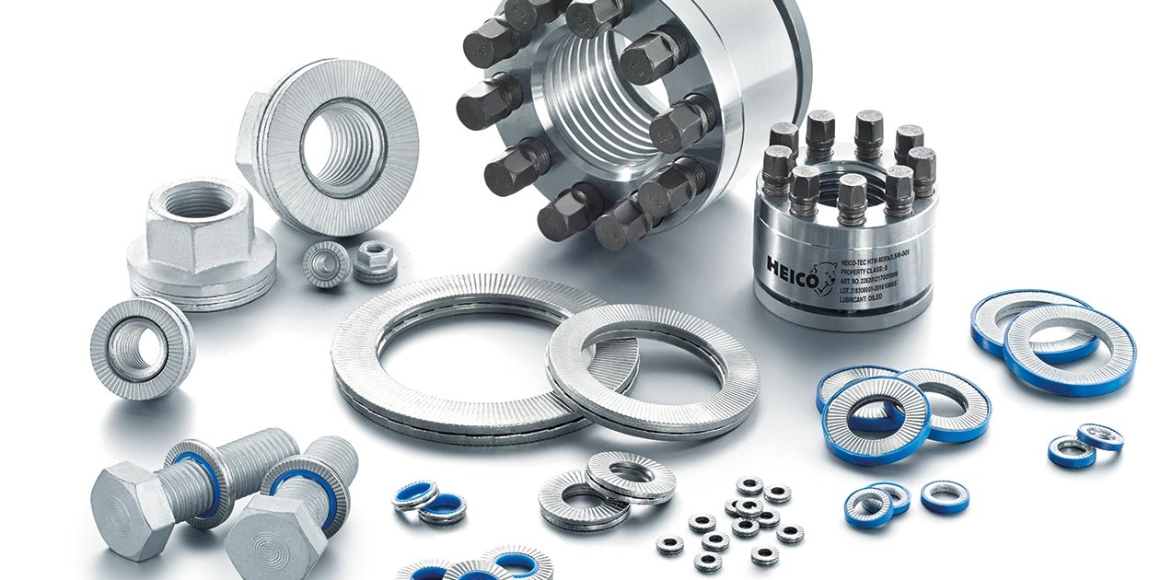
HEICO Uses Bay Supply to Expand Reach for Cold-Formed Fasteners
The fastener industry is incredibly diverse, with products that fulfill various functions. Some of the most common fastener categories are rivets, lockbolts, threaded inserts, and pin fasteners.
Read Morecurrent_page_num+2: 5 -

